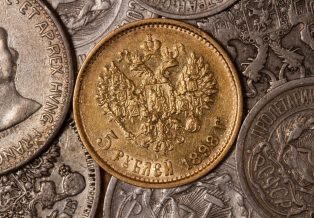
In numismatics, a coin’s grade is just as valuable as its rarity or historical significance. Collectors and investors seek coins that are authenticated and accurately graded. This is where certifications from trusted grading services like PCGS, NGC, and PMG become integral.
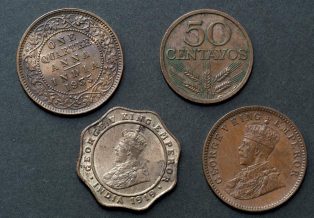
Collecting coins can be both a fascinating hobby and a potential investment. However, understanding what makes a coin valuable is key for collectors. The top factors affecting coin’s value include rarity, condition, demand, and historical significance.

Investing in gold and silver often requires more than just purchasing when prices seem low. Market trends, economic conditions, and even seasonal shifts play key roles in determining the best time to buy these precious metals.
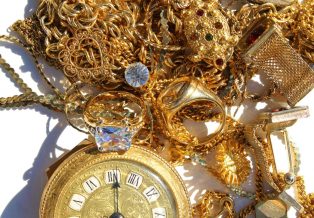
Buying jewelry and watches can feel like a thrilling pursuit, but it can also be overwhelming. With so many options available and a wide range of prices, it can be difficult to know when you are getting the best deal. You want quality, but you also want to pay a fair price. Knowing how to spot the best deals when buying jewelry and watches will help you make a smart, confident purchase.
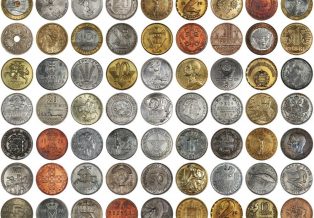
Numismatics, the study and collection of coins, has long been an exciting hobby for many. Beyond the joy of discovering rare pieces and learning about history, numismatic investment can also yield financial returns.
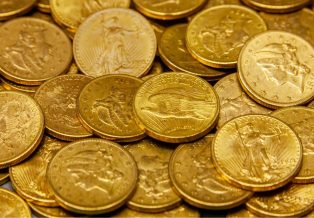
Gold double eagles have captivated collectors and investors alike with their intricate designs and substantial historical value. Originating in the mid-19th century during a vibrant era of American history, these coins represent more than just financial value; they embody the rich narratives of America’s past.


